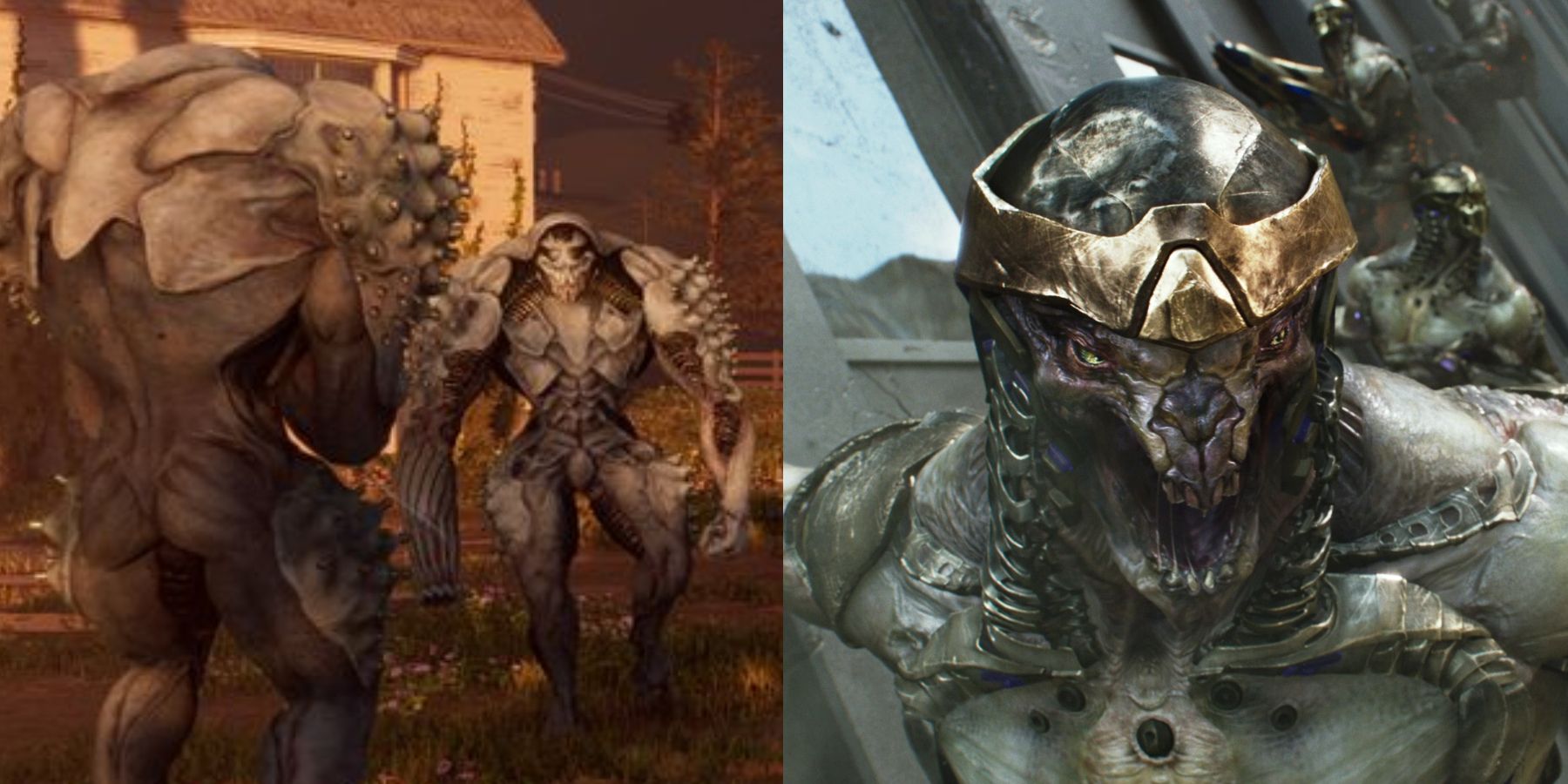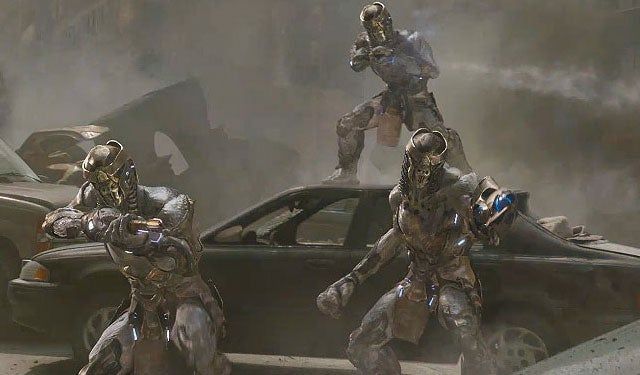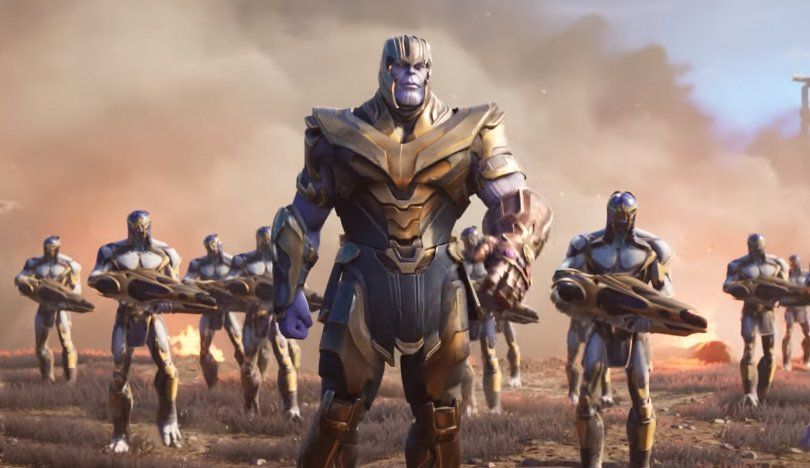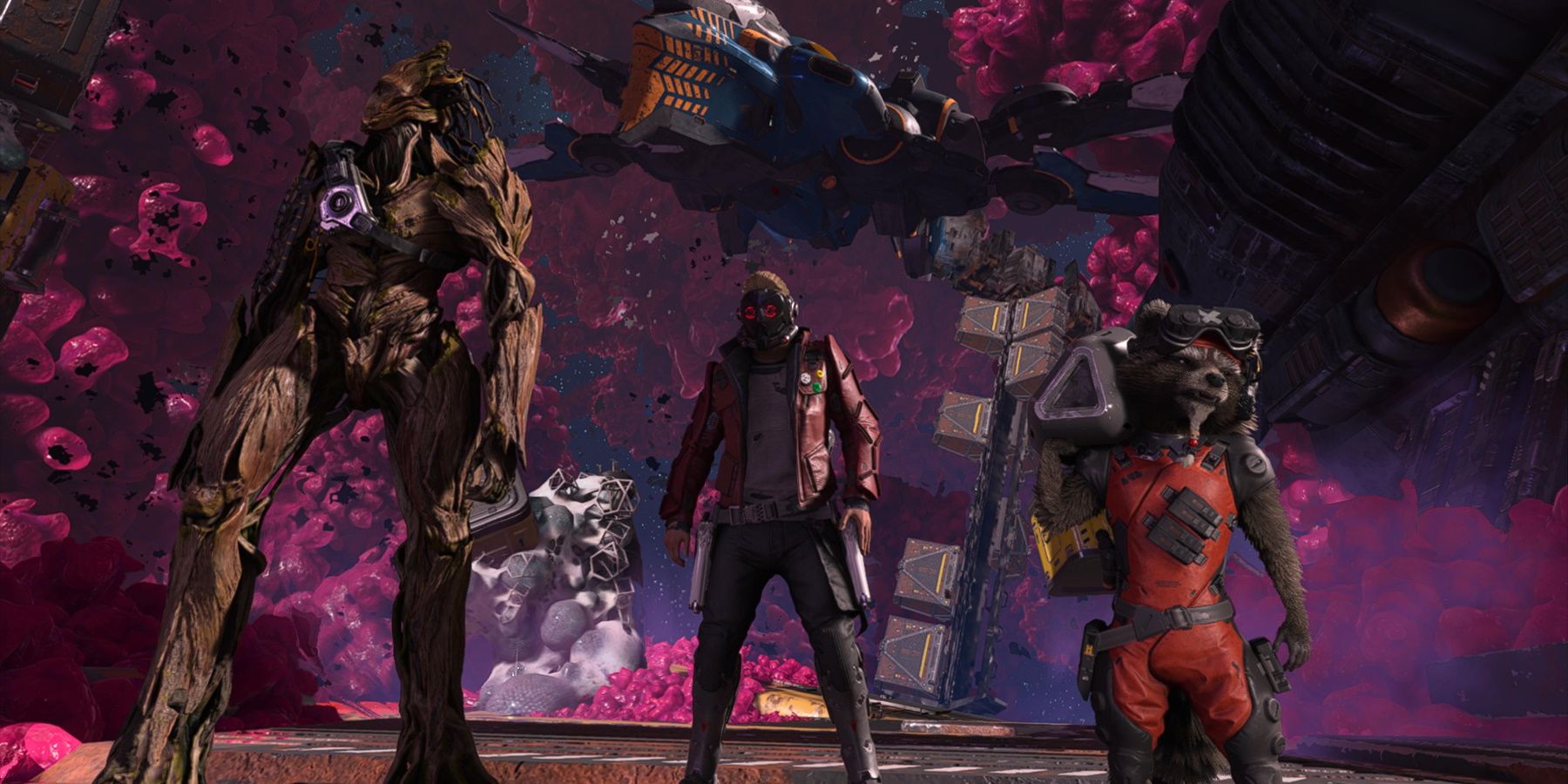When Square Enix’s Marvel’s Guardians of the Galaxy was officially unveiled to the world earlier this year, some fans had understandable concerns regarding the adaptation of a license that’s been so heavily shaped by Hollywood. Fast forward to the game's launch, and most of those fears have arguably been eased to a certain extent. Developer Eidos-Montreal has done a remarkable job bringing the unlikely group of heroes to life while still putting its own endearing spin on their shenanigans and history.
This blend of reassuring familiarity and uniqueness also extends to Marvel’s Guardians of the Galaxy’s extended cast, which draws in characters from across the comic book publisher’s extended pantheon. It’s especially true of the Chitauri, a group of intergalactic marauding villains who manage to play an important role in the overall destiny of the rag-tag group. While their appearance within Eidos-Montreal’s game shares some similarities with their defining big-screen MCU showings, enough has been changed to make them stand apart as well.
Comparing the Chitauri Physically
Due to their size and presence on both the small and big screens, comparing the two incarnations of the Chitauri from a physical perspective is the first thing that most fans will naturally do. It’s also in this area that the two depictions arguably differ the most. Within the Marvel Cinematic Universe, the Chitauri are a race of cybernetically enhanced aliens that operate under the control of a hive-mind intelligence. While there are distinct classes within their ranks, including flying whale-like Chitauri, the ones that plague the universe most frequently in The Avengers and Endgame are grayish humanoid creatures that have insect-like faces.
Over in Eidos-Montreal’s depiction of the Marvel universe, the only Chitauri that are shown in action are large lumbering reptiles that, aside from their pale gray skin, share very little else physically in common with their Hollywood cousins. So much so that if a player is only familiar with their movie appearances, there’s a chance that they might not instantly recognize the muscled aliens for who they are. In terms of intelligence, it should be noted that the Chitauri of Marvel’s Guardians of the Galaxy are also far more intelligent than the insect-like ones that appear in the MCU. On multiple occasions, such as their successful attempt to capture Peter Quill and hold him hostage, the video game Chitauri have been shown to be able to not only think independently but also employ complex and effective strategies.
Chitauri Powers and Abilities
Thanks to their comic book origins, no analysis of the two Chitauri armies would be complete without an examination of the powers and abilities that they wield. Despite the MCU Chitauri being constrained by their hive-mind dependencies, both groups actually share a lot in common in this area. Physical and gun-based energy attacks for example are their preferred mode of engagement, while both species are also capable of effectively using space travel to wage war. Neither army has access to the shapeshifting powers that the original Ultimate-universe's Chitauri had, however, who were created as alternatives to the Skrull. With the Chitauri having only popped up officially within Marvel’s main Earth-616 continuity following their MCU debut, it’s perhaps understandable that Eidos-Montreal has adhered closely to the power-sets of the species’ most mainstream depiction.
Chitauri Lore
The roles that the Chitauri play in the MCU and Eidos-Montreal’s Marvel’s Guardians of the Galaxy are similar, at least conceptually. Within the main narratives of each piece of media, for example, both armies play a supporting cannon-fodder role to the main action that’s happening on-screen. In the MCU the Chitauri initially pop-up under the command of Loki during the events of The Avengers, and then again under the control of their true master Thanos in Avengers: Endgame. Whereas the in-game incarnation of the aliens only appear physically in narrative-establishing flashback scenes and are frequently mentioned in discussions between characters. While their past is highly significant to the shape of the galaxy, they aren’t a direct threat within the present.
While both depictions of the Chitauri are also responsible for the destruction and genocide of countless worlds, the ones found within the MCU are always shown to be directly subservient to Thanos. Alternatively in Marvel’s Guardians of the Galaxy, in a lot of ways, the Chitauri are a much bigger threat within their own independent right. While it’s true that they did still team up with Thanos, and discussions with Gamora suggest that the Mad Titan was ultimately pulling their strings, the way characters talk about their exploits infers that the Chitauri were the main threat that ravaged the universe during the Galactic War. Events like the extermination of Groot’s species and the kidnapping of Star-Lord, for example, were thought up and then put into action without any direct oversight by Thanos.
Marvel’s Guardians of the Galaxy is available now on PC, PS4, PS5, Switch, Xbox One, and Xbox Series X/S.




